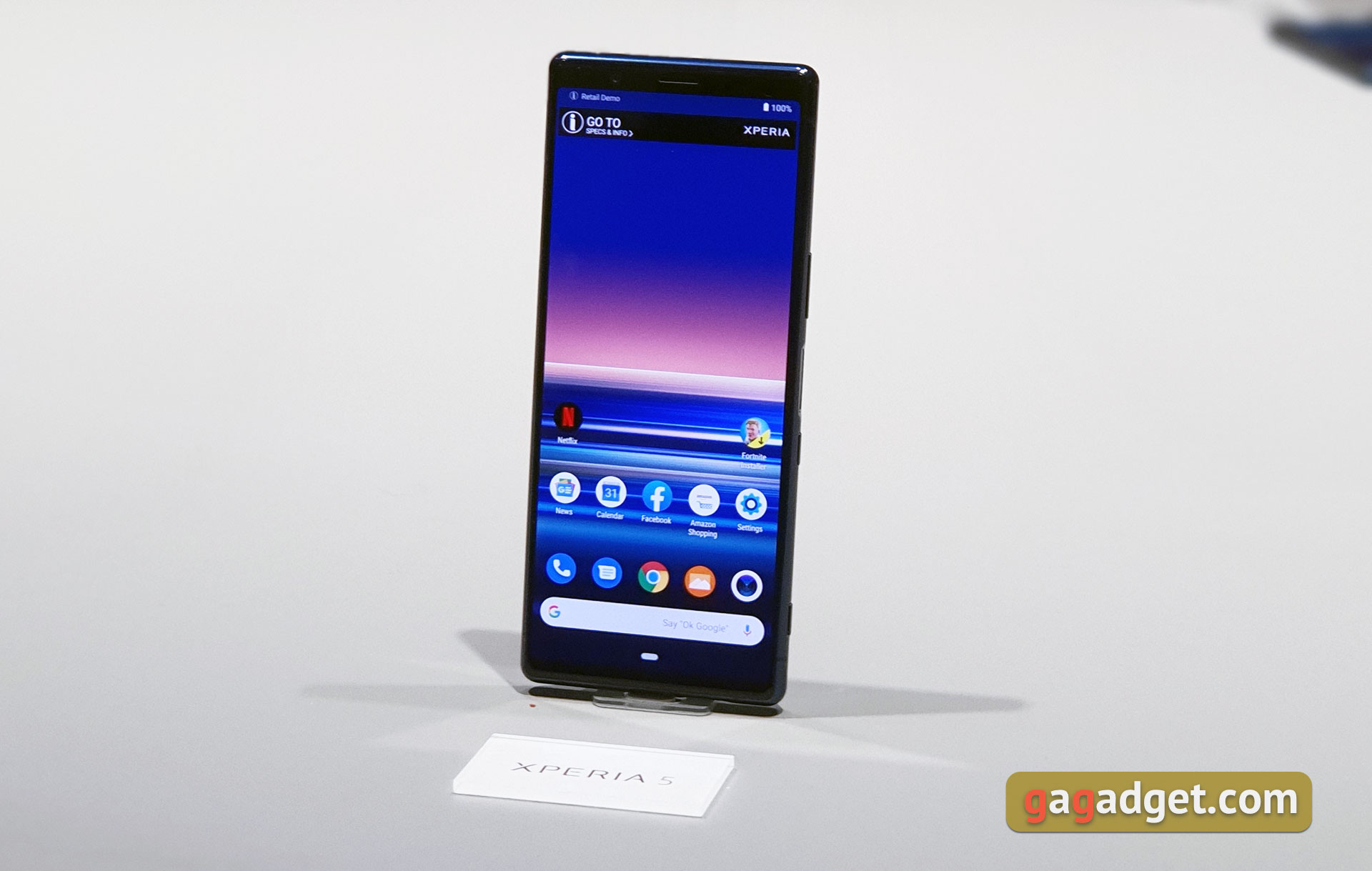
</ img>
Sony presented a number of new products at IFA 2019, the most anticipated of which was the Sony Xperia 5 smartphone, which
How does the Sony Xperia 5 look and feel?

</ img>
Leaks with renderings were confirmed and there was no surprisehappened. Xperia 5 looks very similar to its older brother Xperia 1: the same shape, materials and arrangement of functional elements. Almost the entire front panel is occupied by a 6.1-inch OLED display with an aspect ratio of 21:9 and minimal frames on the sides. An OLED matrix is used, but the resolution is lower than in the Xperia 1 and is 2520x1080. In terms of technology, everything is the same as its older brother: HDR, X-Reality Engine and that’s all.

</ img>
All functional elements are in their usual places.All buttons and the fingerprint scanner are located on the right side. The solution, as practice has shown with previous models, is a bit controversial. On one side there is a separate button for the camera - this is convenient. On the other hand, the abundance of buttons makes it difficult to use the smartphone with various handheld stabilizers. Yes, not many users use them, but there is such a thing. On the left of the smartphone there is a tray, on the bottom there is a speaker and Type-C.

</ img>
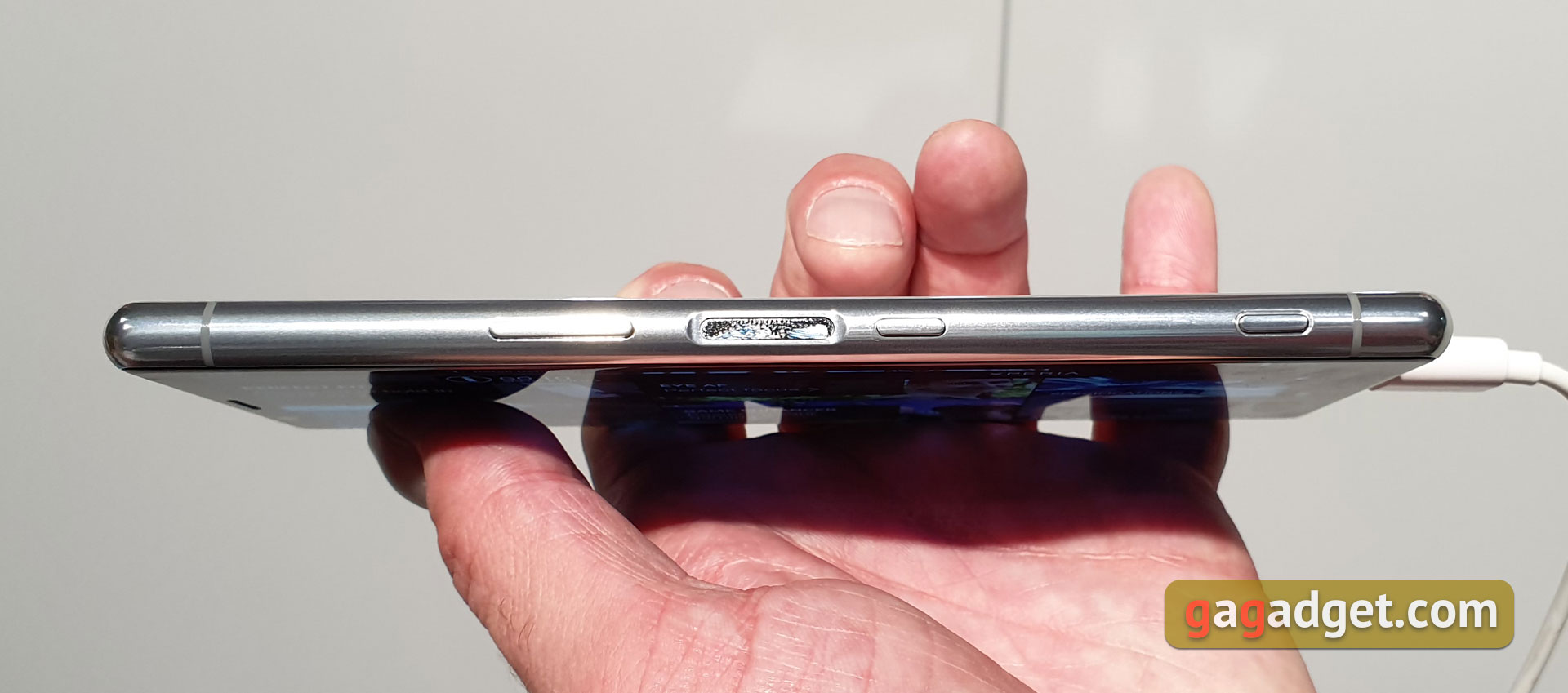
</ img>
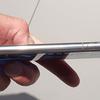

The difference affected only the rear panel. The triple main camera module has now moved from the center to the upper left corner. As before, the smartphone’s screen and back are protected by 6th generation Gorilla glass with an oleophobic coating. There is protection against dust and water. The smartphone is available in black, light gray (which looks more like white), dark blue and red. According to the first data, all colors are planned to be transported to Ukraine, and the start of sales is planned for the end of October. But, as practice shows, in the end only a couple of the most standard colors can come, and the chic red will never reach.

</ img>

</ img>
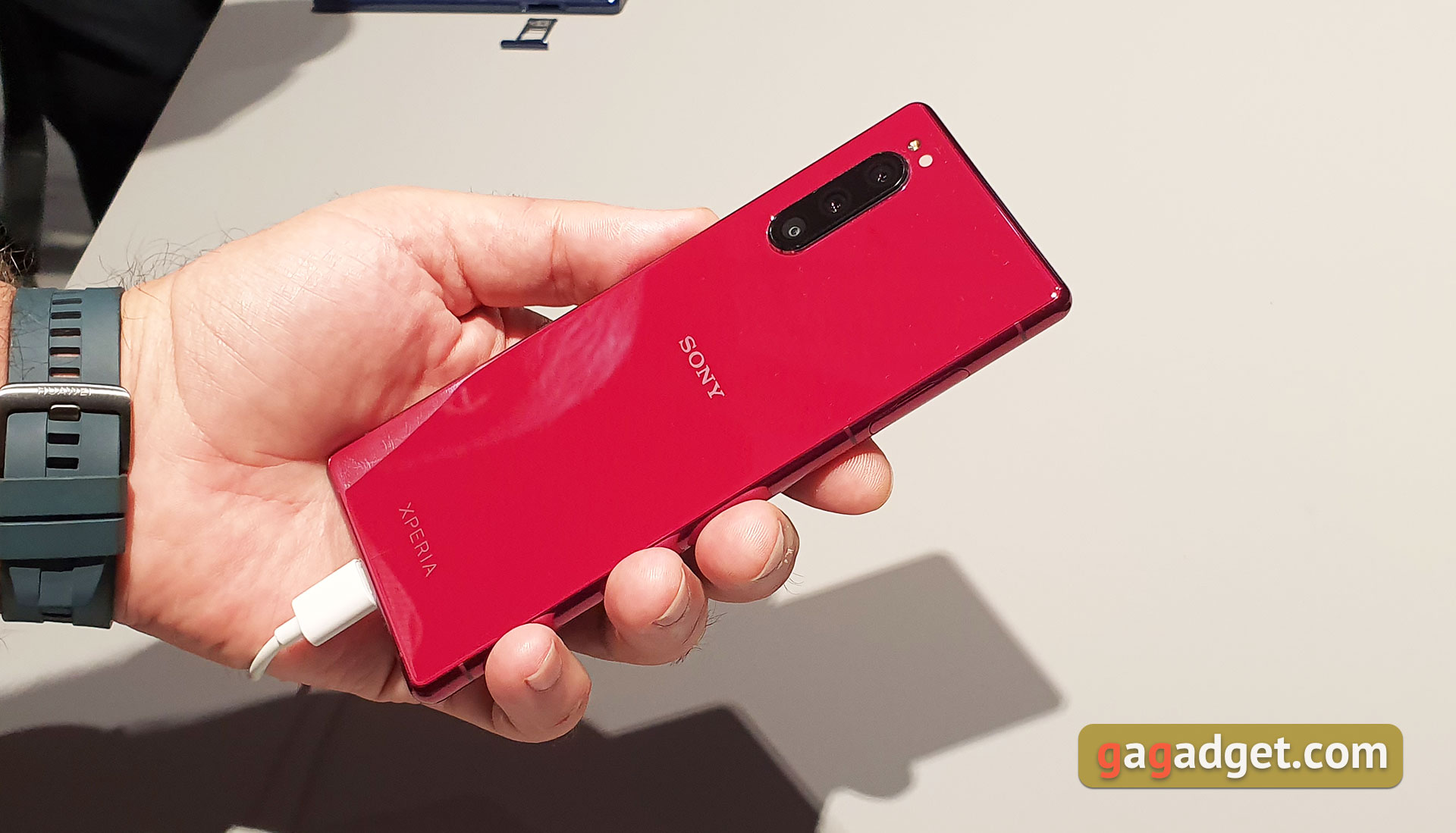
</ img>

</ img>

</ img>

</ img>




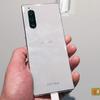

The Xperia 5 can only be called compactrelatively. On the one side. There was a Compact line, which included 4.5, 4.6 and 5-inch models, compared to which 6.1 inches looks a bit much. But if we take into account the current trends towards increasing smartphone screens, already close to 7 inches, and the aspect ratio of the Sony Xperia 5 screen is 21:9, thanks to which the smartphone turned out to be narrow, then the term “compact” is already quite applicable. The width of the smartphone is 68 mm. For comparison, the most “compact” the current flagship Samsung Galaxy S10e is slightly wider, 69.9 mm. According to personal first impressions, the smartphone is quite comfortable to use with one hand.
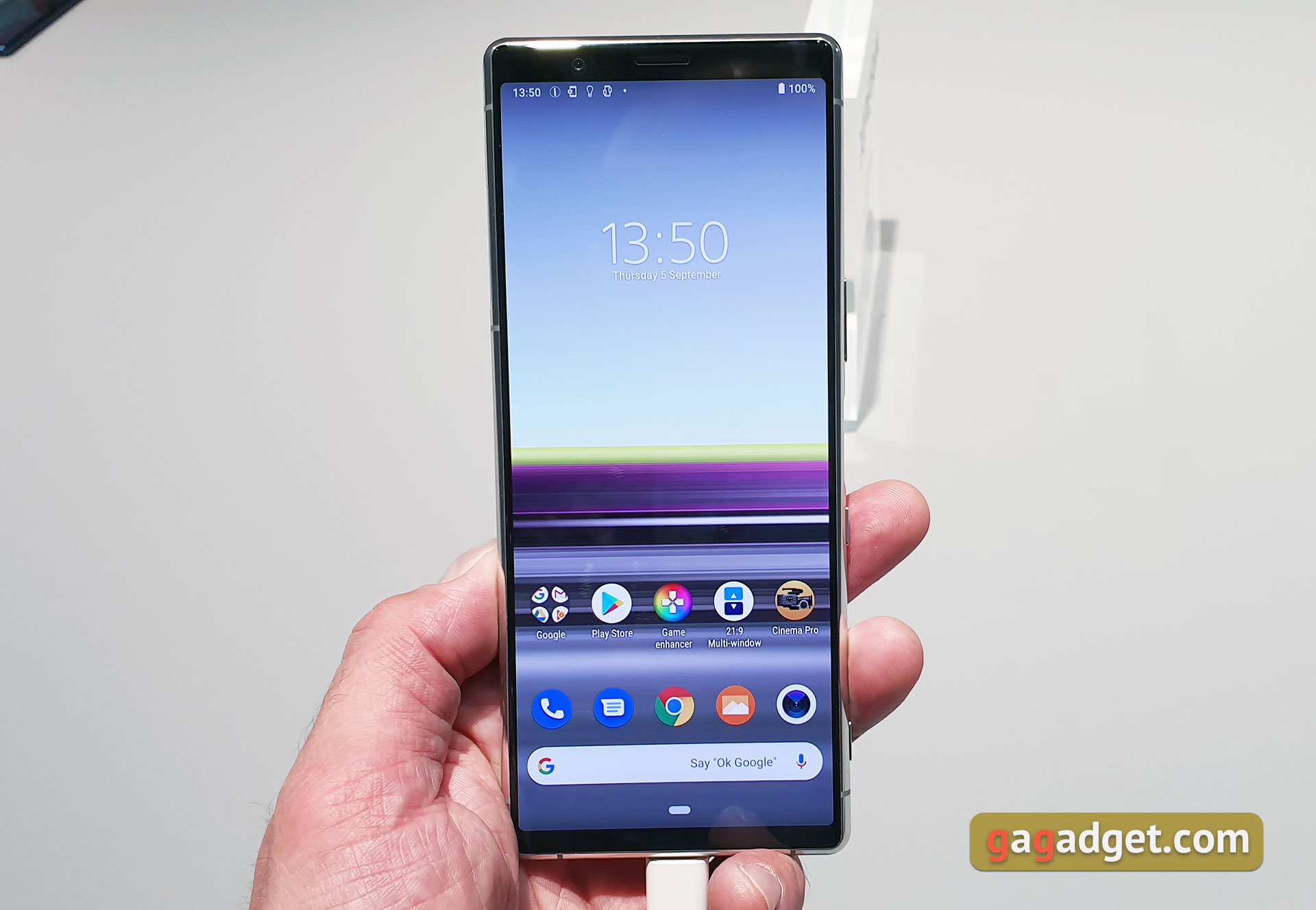
</ img>
Bonus: Sony has finally released normal cases. Previously, there were only various variations on the theme of book covers. Now there will be normal bumpers in the color of the smartphone:

</ img>
What about the stuffing and the software?
The internals of the Sony Xperia 5 are completely identicalits older brother: Qualcomm Snapdragon 855 processor, 6 GB of RAM and 128 GB of internal memory, MicroSD slot, dual-band Wi-Fi with support for MIMO 2x2, NFC and Bluetooth with support for LDAC and aptX HD codecs. The battery has lost quite a bit of weight: 3140 mAh (versus 3330 for the Xperia 1) with support for Power Delivery fast charging via Type-C. Still no wireless charging. I don’t think we should expect any revelations regarding autonomy. We were unable to run benchmarks on the sample, although the hardware is already familiar and there will probably be no problems with performance.

</ img>

</ img>

</ img>

</ img>

</ img>
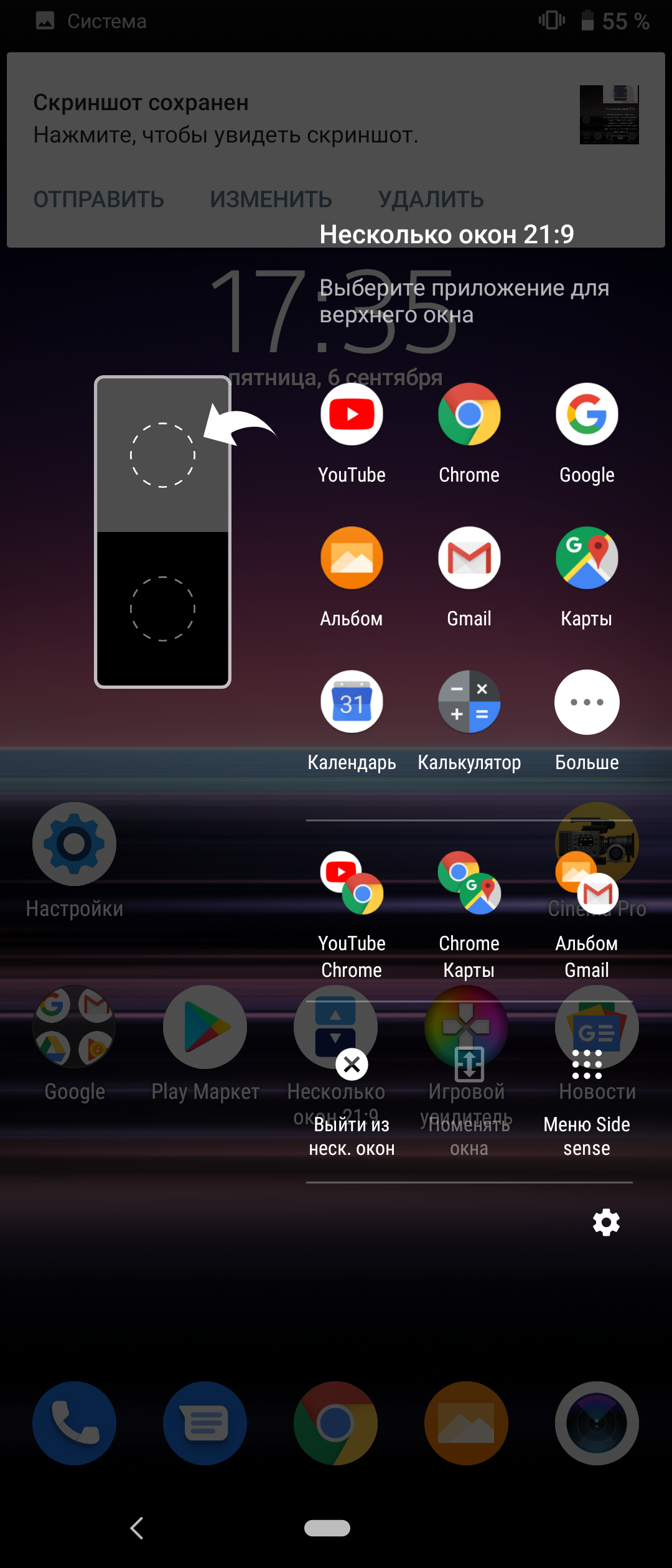
</ img>






The smartphone currently runs on Android 9 with its ownshell. An update to 10 is promised in October-November. Think. it will be so, Sony usually has no problems with updates. 9 “arrived” on the Xperia XZ2 Compact earlier than on most Android One smartphones. There are no special innovations in the shell compared to the Xperia 1: redrawn icons and interface elements, Side Sense and features for working with two windows, including icons for quickly launching two applications at once in split-screen mode. Plus, we added all sorts of small features of how machine learning works. For example, a smartphone will detect a weakening Wi-Fi signal and automatically switch to the mobile network for a “seamless” connections (not a new feature). The smartphone fully supports the DualShock 4 gamepad, and the Game Enchancer application has acquired some new features. It is possible to record your own voice comments, while you can modify your voice and adjust the ratio of the volume of the game and your voice. Plus, there is a function for automatically taking 10 screenshots, from which you can then choose the best one.

</ img>
What about cameras?

</ img>
The main camera configuration remains identicalXperia 1: three modules of 12 megapixels 12 MP. The main module received high-aperture f/1.6 optics, optical stabilization and a viewing angle of 78°. The second is a telephoto for 2x zoom with f/2.4 aperture, also with OIS. And the third ultra-wide-angle with f/2.4 aperture and 130° angle, without OIS. The front camera is 8 megapixels, f/2.0. The improvements affected mainly software and processing algorithms. We still have to deal with the latter in more detail in a future review. Recommendations for photos have been added to the software; for example, the smartphone will inform you if a finger fits into the frame or the autofocus misses. Autofocus performance with moving objects has been improved: now, instead of 10 times, AF will be calculated 30 times per second, which is especially useful during continuous shooting. The eye autofocus function is present, like the older model. The Cinema Pro application is still quite sophisticated, more suitable for people who know what they are doing. Among the innovations, frame lines appeared (it is clear on the screen what is in the frame at different recording aspect ratios), it became possible to rename projects, fix white balance, adjust the sound level (microphone sensitivity) and set up interchangeable focus. For example, when turning while shooting, you need to focus on objects closer and further away: you set the initial and final focal length and the time range for its change. It’s difficult to talk about the quality of the photos yet: we were able to take pictures only during the daytime, we’ll leave that for a future review. In the meantime, a few example photos:

</ img>

</ img>

</ img>

</ img>

</ img>

</ img>

</ img>

</ img>

</ img>

</ img>

</ img>











In the dry residue
Sony Xperia 5 made a very pleasant firstimpressive, in particular due to its relatively compact and convenient size. The smartphone is good-looking, has flagship hardware and a high-quality (visually) display. All other features (including the camera) will be discussed in detail during the full review. By that time, its cost will already be known and it will be possible to more objectively assess how interesting it is, taking into account other current flagships.